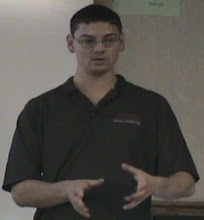
Alexander Christakis writes a lot about using the structured design process (SDP) in his book "How People Harness their Collective Wison and Power to Construct the Future in Co-Laboratories of Democracy" [1]. (You can get it here on Amazon in hardcover.) In particular in chapter 14 he writes about how using SDP can short end the front end work necessary for drug development. As an example he suggests workshops that can cut time for some processes down from weeks or months to just a few days. I think the key point is really that we can dramatically decrease the time our processes take just by changing the process itself.
Drug development is one area I think quantum computing holds the potential to really make an impact in. Often when one hears about quantum computing Shor's algorithm (factoring) and Grover's algorithm (unsorted search) are the two examples that are frequently cited. Simulating quantum systems is often missing from this list. Just think of what all we'd be able to do if we could efficiently simulate a quantum system (via a quantum computer)... I think this extends beyond drugs into physics and probably a bunch of other areas we cannot even think of at this point.
References
[1] A. N. Christakis and K. C. Bausch, How People Harness their Collective Wisdom and Power to Construct the Future in Co-Laboratories of Democracy, 1 ed. Greenwich, Connecticut: Information Age Publishing, 2006.

Love how you weave the SDP benefits into your quantum computing topic. Deja vu! During my doctoral studies, everything I did related back to virtual environments and their interfaces. *grins*
ReplyDeleteIn addition to simulating quantum systems, why not set up co-laboratories of thought (a la Christakis and Bausch) to explore the significant problems in quantum computing research?